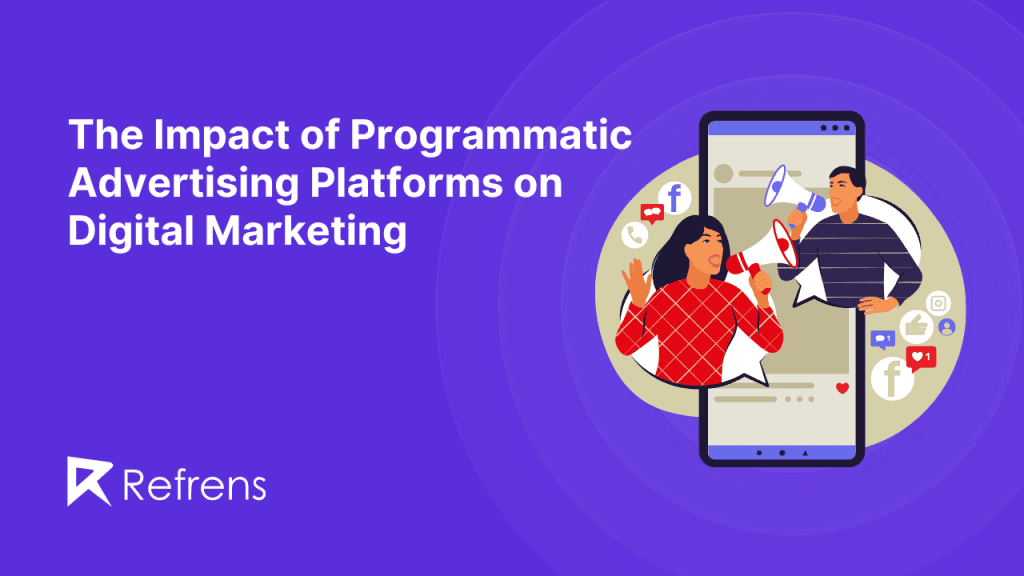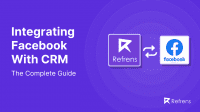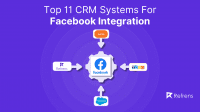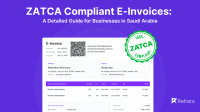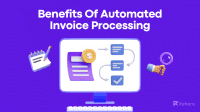Programmatic advertising platforms have completely transformed the field of marketing, offering marketers tools to connect with their target audiences more efficiently. This article delves into how these platforms have influenced marketing and reshaped the landscape for businesses worldwide.
1. Exploring Programmatic Advertising Platforms
These advanced programmatic advertising platforms utilize algorithms and artificial intelligence to automate the buying and selling of advertisements. By participating in real-time bidding for ad space across websites and apps, advertisers can precisely target demographics, interests, and behaviors.
2. Precision Targeting Efficiency
A standout feature of advertising is its precision targeting capabilities. Marketers can tap into a range of targeting options based on data segments like age, location, gender, interests and browsing habits. This detailed approach enables businesses to craft personalized messages that resonate with their desired audience.
3. Instant Optimization Insights
Gone are the days when marketers had to wait for campaign performance data. With advertising platforms offering real-time analytics, advertisers receive feedback on crucial metrics such as ad impressions, click-through rates (CTR), conversion rates, and more. This enables decision-making and optimization, empowering businesses to make real-time adjustments for outcomes.
4. Expanded Scalability
In contrast to traditional advertising methods that heavily relied on efforts and limited ad space, programmatic advertising offers a wide array of ad placements across various channels – such as display ads, video ads, and native ads – reaching audiences on desktops, mobile devices, social media platforms, and smart TVs. Advertisers can enhance the scope of their campaigns by employing buying strategies to target audiences efficiently.
5. Enhanced Advertisement Relevance
Personalization plays a role in today’s marketing environment as consumers anticipate customized experiences from brands. With the targeting capabilities of advertising platforms, marketers can deliver contextually relevant ads to individual users. Businesses can significantly boost engagement and conversions by aligning advertisements with users’ interests and behaviors.
6. Streamlined Automation and Workflow Efficiency
Programmatic advertising eliminates the need for paperwork, negotiation processes, and human involvement in aspects of ad purchasing. This reduces costs and simplifies workflows for marketers, enabling them to concentrate on strategic planning rather than administrative duties. The automation features offered by advertising platforms save time and resources while enhancing efficiency.
7. Transparency in Advertising Purchases
The issue of transparency in automated advertising has gained attention in recent times. Questions surrounding ad fraud, viewability, and brand safety have underscored the need for accountability in the advertising landscape. Fortunately, advancements in verification technologies now empower advertisers to seek clarity from automated platforms regarding the placement of their ads and their effectiveness in reaching audiences.
8. The Significance of Data-Driven Decision Making
One of the benefits of automated advertising platforms lies in the wealth of data they generate throughout campaigns. Marketers can glean insights into customer preferences, demographics, online behaviors, and purchase trends through data analysis tools embedded within these platforms. Leveraging these insights enables businesses to make choices for upcoming campaigns.
9. Challenges Encountered with Automated Advertising Platforms
Despite the advantages of automated advertising platforms, challenges persist that warrant attention. Issues like ad viewability impact crucial campaign performance metrics, such as impression rates and precise attribution decisions, for conversions. Moreover, concerns related to data privacy urge marketers to exercise caution when utilizing targeting features effectively while maintaining consumer trust.
Conclusion
Automated advertising platforms have significantly shaped the marketing landscape. These platforms have completely transformed the way companies interact with their target audiences by offering targeting options, real-time optimization, increased reach and scope, enhanced ad relevance, efficiency, automation, workflow transparency in ad purchasing, and the ability to make decisions based on valuable data.
Precision in targeting demographics and delivering personalized messages has enabled businesses to establish connections with their customers. Marketers benefit from real-time analytics that allows them to make data-informed choices and immediately improve their campaigns. Advertising’s scalability has made it possible for businesses to expand their reach across channels and devices.
Automation has simplified processes, giving marketers time to focus on strategic planning instead of mundane tasks. Transparency efforts ensure that ads are placed in settings while addressing concerns about ad fraud and visibility.

